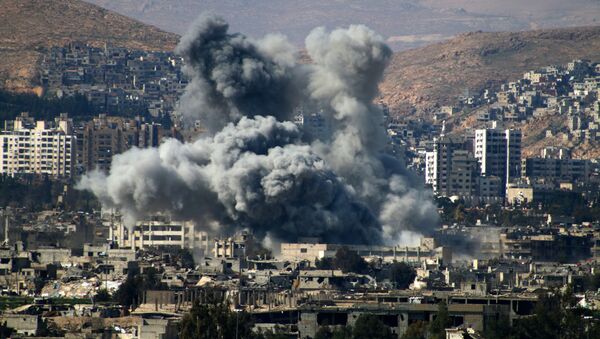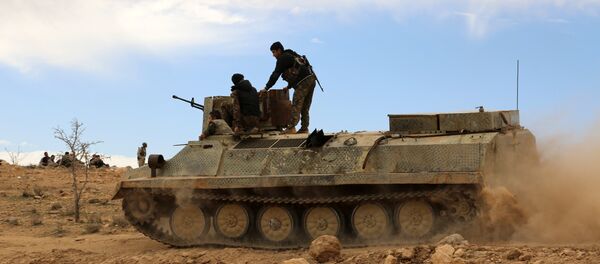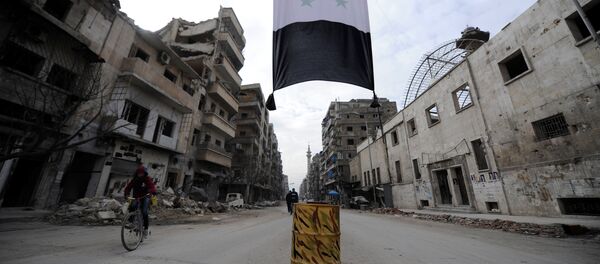Russia, Turkey and Iran are currently ironing out the kinks of the memorandum, signed in Astana. The deal came into force on May 5, but it could only be properly carried out once all technical issues are out of the way. This is not an easy task as evidenced by previous attempts to reduce violence and move toward a political settlement of the Syrian crisis.
"The fact of the matter is that there are more than enough problems when it comes to this deal. The map of de-escalation zones and checkpoints are a technical issue. Numerous legal issues have not been resolved yet. For instance, the sides have still not reached an agreement on what groups should be considered terrorist organizations. Russia, Iran and Syria have a different view on this issue, let alone Turkey, the United States and their allies," Sergei Demidenko said.
Demidenko, an associate professor at the Institute of Social Sciences of the Russian Academy of National Economy and Public Administration, pointed out that rebel factions fighting in Syria do not see eye to eye on how resolve the six-year-long conflict.
Demidenko said that ethno-confessional conflicts end when all parties understand that they cannot win. In his view, Syria could suffer the same fate as Lebanon, a country plagued by a decades-long civil war which ended in 1989 when the Taif Agreement was signed.
Although terrorists are not present in the four safe zones, they present a real threat to these areas, Na'imi warned.
"They could try to undermine security there," the analyst said. In addition, "the United States could encourage those who did not agree to the truce to violate the ceasefire regime. This is why the implementation process of the memorandum on de-escalation zones has taken longer than expected. We need time to bring security and stability to these zones so that refugees could move there to return to normal life. This is why so many consultations on the exact borders have taken place. We need time to create barriers and prevent any attempts by terrorists and their sponsors to violate the ceasefire regime."
The memorandum reached by Moscow, Ankara and Tehran is aimed at preventing any clashes between government forces and armed groups in the four safe zones, covering northern Idlib province and parts of neighboring Aleppo, Hama and Latakia provinces, as well as the northern part of Homs province, Eastern Ghouta and an area in southern Syria near the border with Jordan.
Never miss a story again — sign up to our Telegram channel and we'll keep you up to speed!




